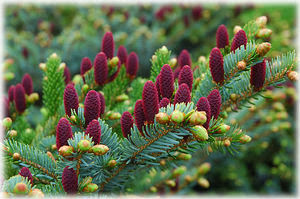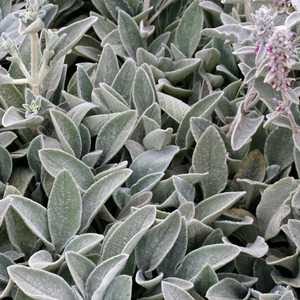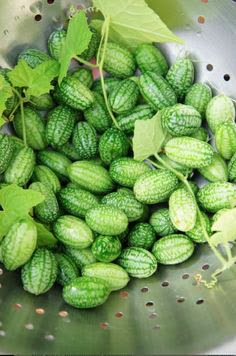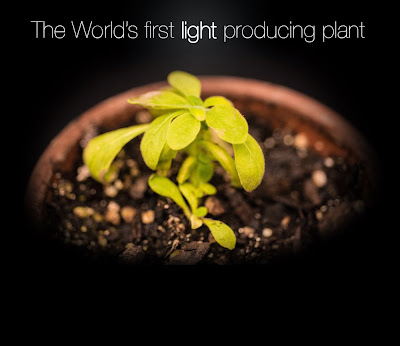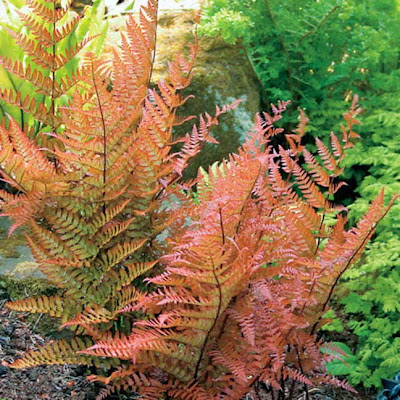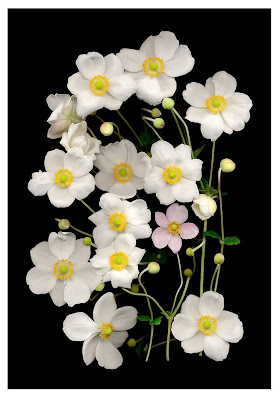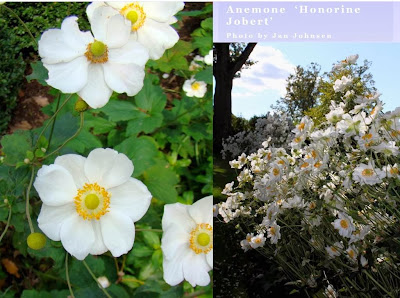most popular garden blog post of 2013...Gardening: Nature's Anti-depressant

photo by Jan Johnsen This post got many thumbs up on Google + this year: Are you feeling a little down? depressed? Well here is a way to fix that - go out and plant something... Studies have found that an hour of gardening a day reduces the risk of heart disease and stroke and increases bone density more efficiently than aerobics or swimming! In fact, even looking at nature can result in a drop in blood pressure within five minutes and lower our stress hormones. One 16-year study in Australia revealed that those who did daily gardening even cut their risk of getting dementia in later life. (Gardening boosts endorphins, the body’s good-mood chemicals. Personally, my theory is that we need the sunlight on our pineal gland and this can delay dementia, but I have no proof, its just a 'knowing') Here is a lovely story from Timesonline United Kingdom, dated March 27, 2010 "...Jane Robertson was earning a small fortune in the pressured w


